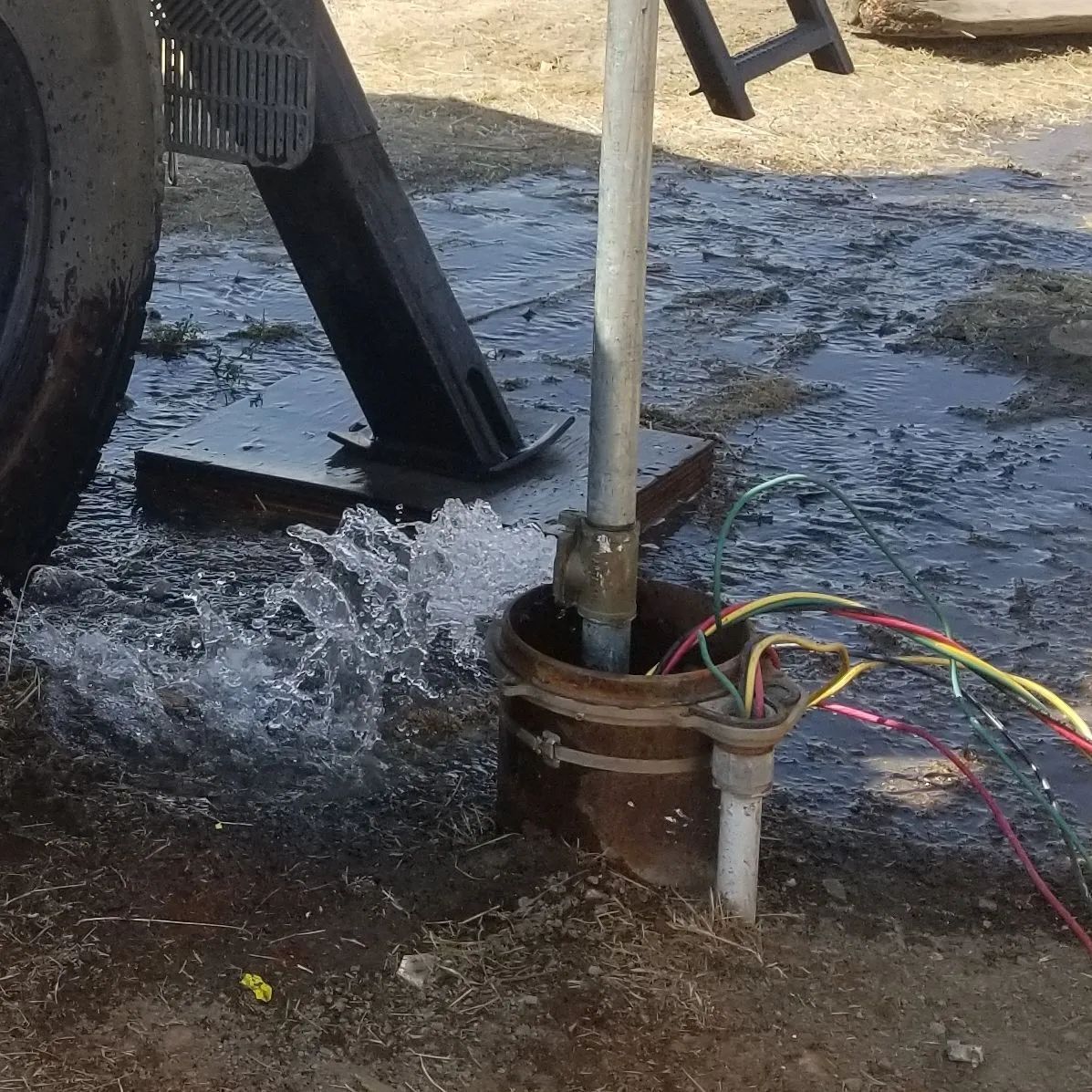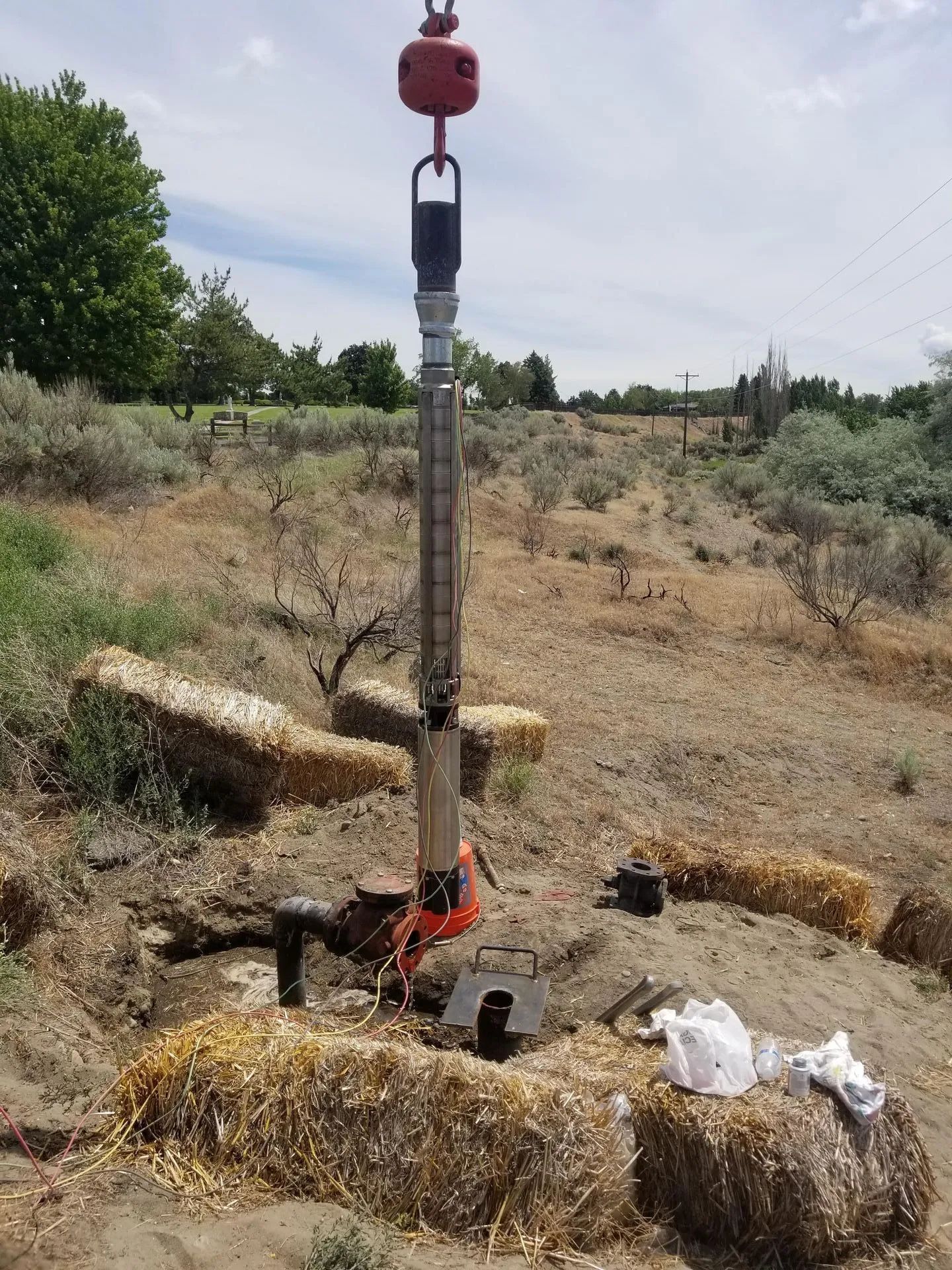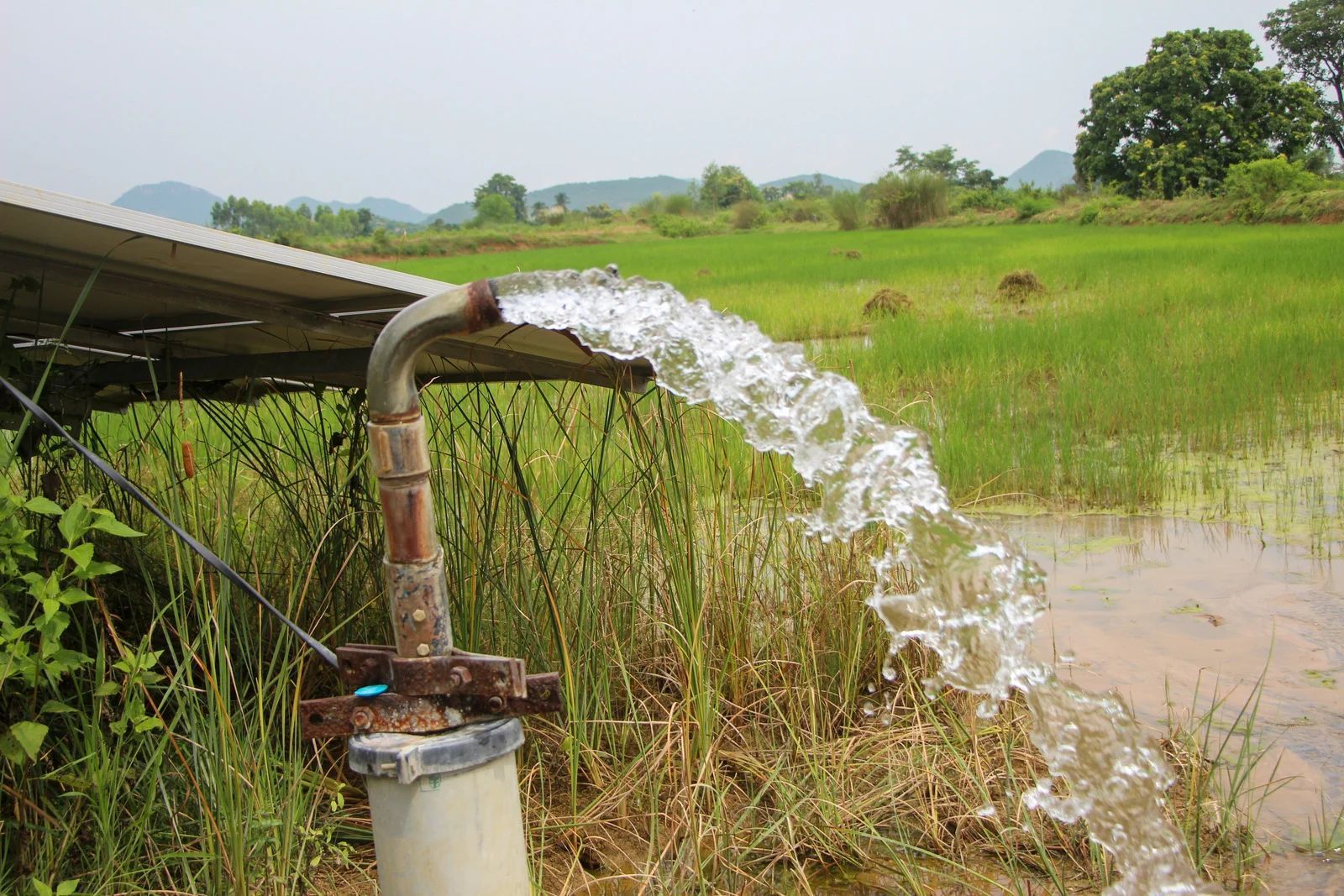Steps to Maintain Your Emergency Well Pump Effectively

Your emergency well pump is more than just a backup system; it’s a vital lifeline during power outages, storms, or unexpected well failures. Unlike standard pumps, emergency units must work instantly and reliably, often under extreme conditions. That’s why regular maintenance is not just a recommendation, it’s a necessity. Proper care ensures your pump is always ready to deliver clean, safe water when you need it most. Without routine upkeep, your system can fail when you least expect it, leading to costly repairs or loss of water access. By following a few preventative maintenance steps, you can extend the life of your emergency well pump, maintain peak performance, and ensure peace of mind in any situation.
1. Schedule Regular Inspections
Routine professional inspections are the foundation of effective well pump maintenance. Experts recommend having your emergency pump system checked at least once a year, even if it hasn’t been used recently. A technician will look for electrical faults, pressure switch issues, rust, corrosion, or worn components that may hinder performance.
2. Test the Pump System Monthly
To ensure your emergency pump is functioning correctly, perform a quick monthly test run. Activate the system and check for smooth operation, unusual noises, vibration, or delayed startup. Monitor water pressure and flow rates. Even a short 5-minute test can help you spot potential issues early.
3. Keep Electrical Components Dry and Secure
Emergency pumps often rely on generator power or battery backups. Make sure all electrical components, including control boxes and wiring, are clean, dry, and protected from moisture. Ensure backup power sources are fully charged and stored in a safe, easily accessible location.
4. Clean and Protect the Pump Area
Dirt, debris, and rodents can all compromise your emergency system. Keep the pump housing and surrounding area clean and free from clutter. Install protective covers or sealed enclosures if your system is located outdoors or in a damp basement.
5. Replace Worn Parts Promptly
Waiting for parts to fail completely can leave you vulnerable in an emergency. If your technician identifies worn pressure switches, seals, or piping during an inspection, have them replaced right away. Preventative part replacement is much cheaper than full system repairs during a crisis.
6. Monitor Water Quality
Water quality directly affects the performance and longevity of your pump. Regularly test for sediment, iron, or bacteria buildup, which can clog or corrode your system. If needed, install a filtration or treatment solution to reduce wear on the pump and improve water safety.
7. Maintain a Maintenance Log
Document each inspection, repair, or test run in a dedicated maintenance log. This not only helps you track system performance but also provides valuable information for technicians in the future. Having a clear history makes diagnosing problems faster and more accurately.
Trust the Local Experts in Well Pump Care
Maintaining your emergency well pump is critical to ensure it works exactly when you need it. Following these simple steps can save you from unexpected failures and costly downtime. For expert maintenance, emergency repairs, or new installations, turn to Precision Pump and Well Services. With over 50
years of experience in Benton City, Washington, we specialize in dependable, high-performance well pump solutions. Whether you're protecting your home, farm, or business, our team is here to ensure your water supply stays strong in any emergency. Contact us today for trusted service that stands the test of time.





